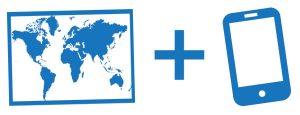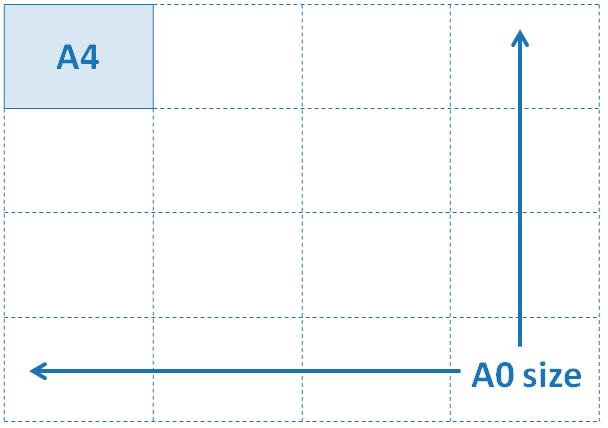To access the interactive content you will need to download a free QR (quick response) code reader. Simply search for a QR code reader in your Android or iOS app store.
Open the QR code reader app and scan the interactive zones at the bottom of the map to view the latest information about each country.
- Realtime information: time and weather
- Country information: population, size and forestation
- Economic information: GDP, labour force size and sharemarket size
- Health information: life expectancy, infant mortality and smoking rates
- Social information: women in parliament, access to electricity, phones and internet.
At the time of print, all recognised sovereign States are noted on the map.
Each State is named according to its most recognised label. For example, the labels ‘Myanmar’ and ‘Timor Leste’ are used rather than ‘Burma’ and ‘East Timor’. The official name of each country appears in each online country summary.
Sovereign States are labelled in uppercase, e.g BRAZIL or CANADA. Foreign territories are labelled in title case, with their ruling country in brackets, e.g Virgin Isles (UK) or Puerto Rico (USA). France for instance, has jurisdiction over many territories, just view the full French republic (source: Wikipedia).
There are some special administrative regions that are close to being sovereign States, but are technically ruled. In these cases they are labelled in uppercase with a trailing ruling country, e.g TAIWAN (CHN) and GREENLAND (DNK).
Some smaller exclaves (like Russia’s Kaliningrad Oblast) and significant islands are marked on the map. Given that the world has yippity-thousands of islands, naming them all is impractical. A balanced naming approach was taken, based on significance and size.
Yes. But this is a more complicated matter than it appears.
The world is a big place. Every effort has been made to ensure accuracy at time of print. The last thing I want is for someone to grow up thinking that the Congo is the same as the Democratic Republic of the Congo, or that the United Arab Emirates is a collection of countries, rather than just one country. Having said that, country borders are constantly disputed. It’s why many maps don’t include borders – because they don’t want to offend.
However it’s a fine balance between offending and learning. A map is hardly a map without country borders, even if those borders are disputed. I’ve drafted a map based on generally accepted geo-political borders. But, no map can please all countries.
The Maphover printed map uses the Gall stereographic map projection, which is a slight variation of the Mercartor map projection. All map projections trade accuracy in some elements for loss in others.
This lamination adds a layer of robust protection for the map, while still ensuring that the map can fold naturally when required. The laminate does not show as an additional border around the map.


